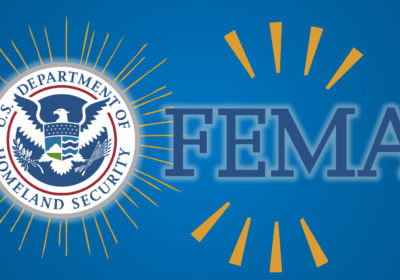Hawaii’s false alarm raises concerns about future of US emergency systems

Hawaiian residents were sent into a frenzy after ICBM alerts urged them to seek shelter. SPECIAL TO THE ORACLE
On Jan. 13 at approximately 8:07 a.m., an emergency alert was broadcasted to the entire state of Hawaii warning the public of an incoming ballistic missile. It took 38 minutes to dismiss the alarm as a false positive, but this window of time was enough to send people into a state of panic.
Although this event was just a fluke, it gave us a glimpse into the lack of public knowledge about Intercontinental Ballistic Missile (ICBM) attacks along with the chaos and disruption this absence causes.
While the false alarm wreaked havoc on Hawaiian residents, the government and media are ready to turn a blind eye to the flawed emergency system.
Various witnesses report a feeling of confusion during the incident, with the majority describing a sense hopelessness and immediate death. In a Reddit thread talking about their experience, the majority of witnesses explained they simply gave up trying to evacuate – they chose to spend their last moments with their loved ones as well as calling those they were not with. One user by the name of Eode11 even describes his experience ignoring one of the evacuation shelters:
“Once we got there, we decided that we really didn’t want to die in (a) concrete cave surrounded by people we really didn’t like, so we just kept driving to the other side of the property and hung out in the back of a big valley for a few hours,” he wrote.
These anecdotal statements along with the various videos that soon flooded the media on Jan. 13 were a morbid reality check on the state of the U.S. emergency response system; it is foreign to the population
Can ICBMs be shot down? What are the chances of nuclear warfare? Does the U.S. government have a plan and infrastructure for the worst-case scenario? These questions and more should be addressed directly by the government, but instead are commonly answered by third party media outlets.
Statements by the Pentagon and the Department of Defense are scarce and made only during times of potential crisis with informational resources available to the public, albeit abundant, are obscure and unknown.
The Missile Defense Agency, a part of the Department of Defense, has a website with a section titled “THE SYSTEM.” In it are explanations about the technology and preventative measures in place for the possibility of an attack, yet this creates no reassurance about the safety of the public.
As residents of the U.S., we deserve clear and jargon-free statements regarding our safety and well-being. There shouldn’t be a need for third party videos, articles and obscure websites that are poorly advertised.
The government needs to inform us of exactly what needs to be done and what will happen in an emergency, which is becoming eerily possible. Regardless of what side of the country one resides in, there should be clear cut measures in place which guarantee our safety to avoid a scene like the one that transpired in Hawaii.
Sergi Pons is a sophomore majoring in advertising.







